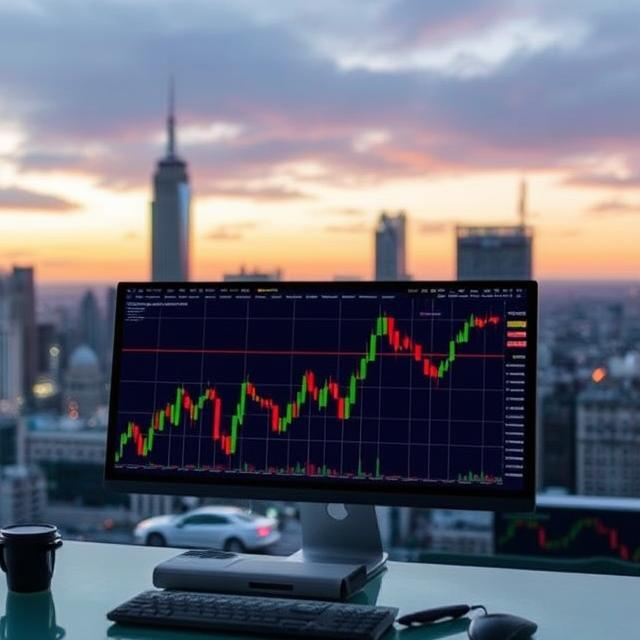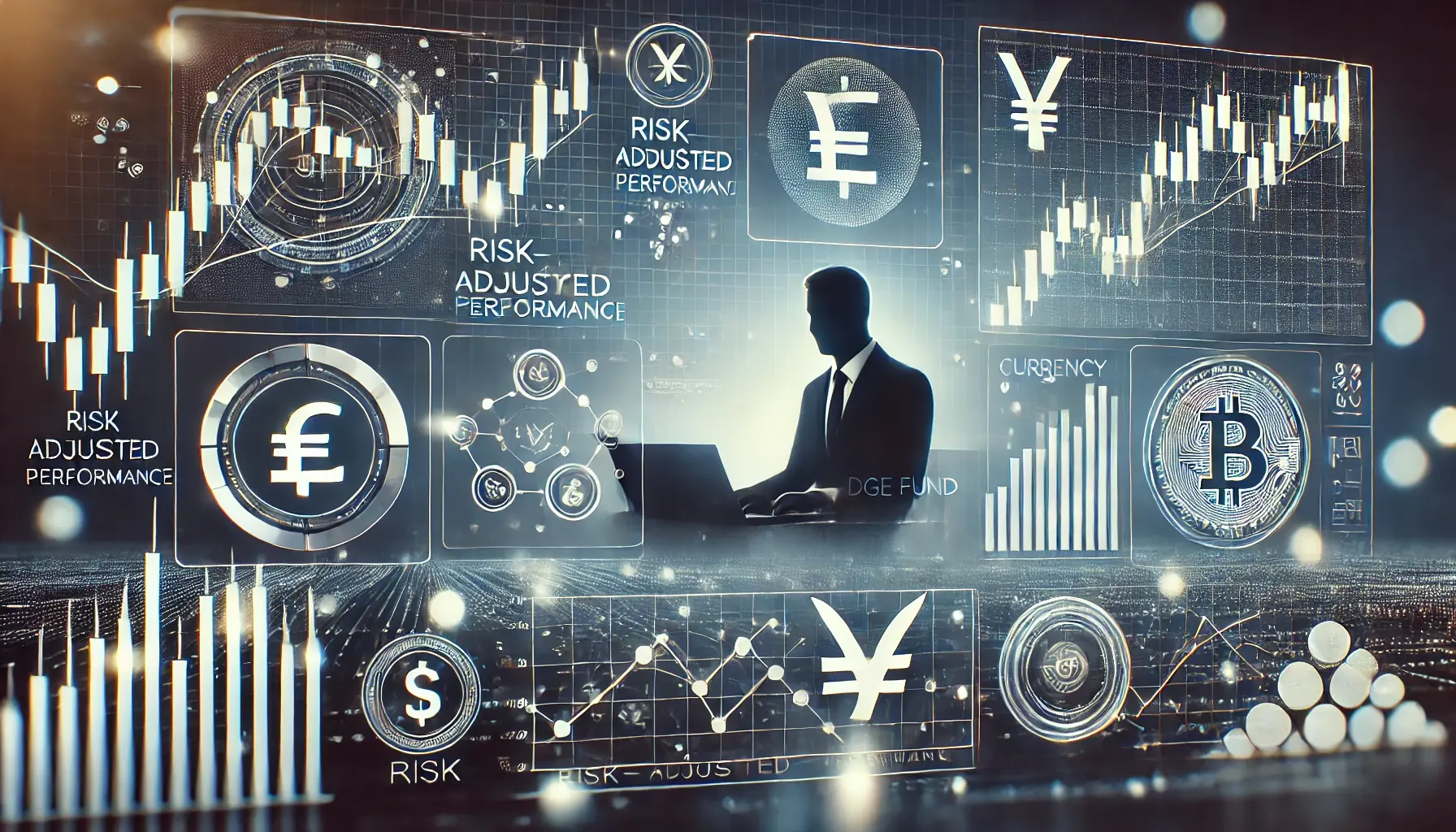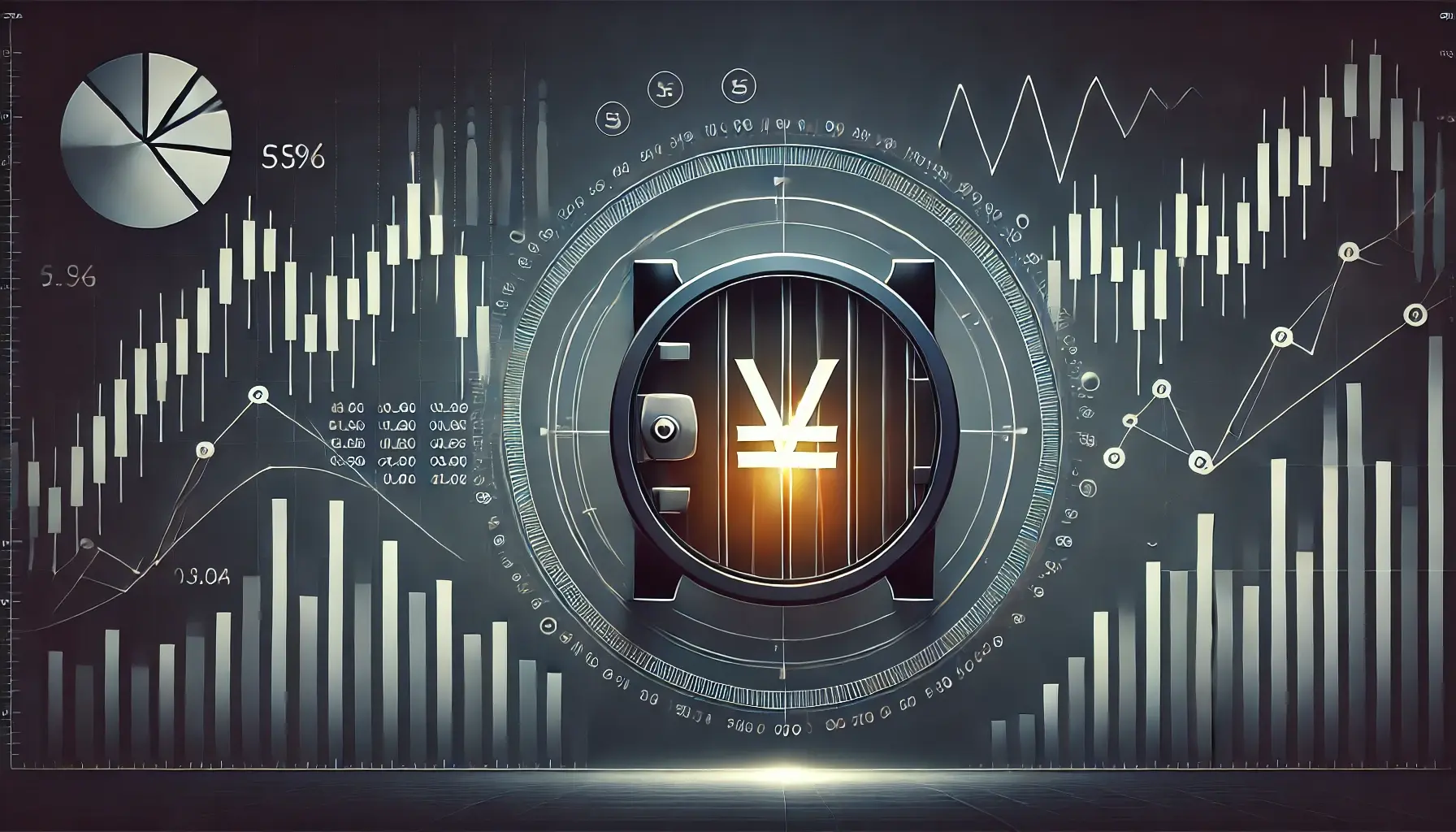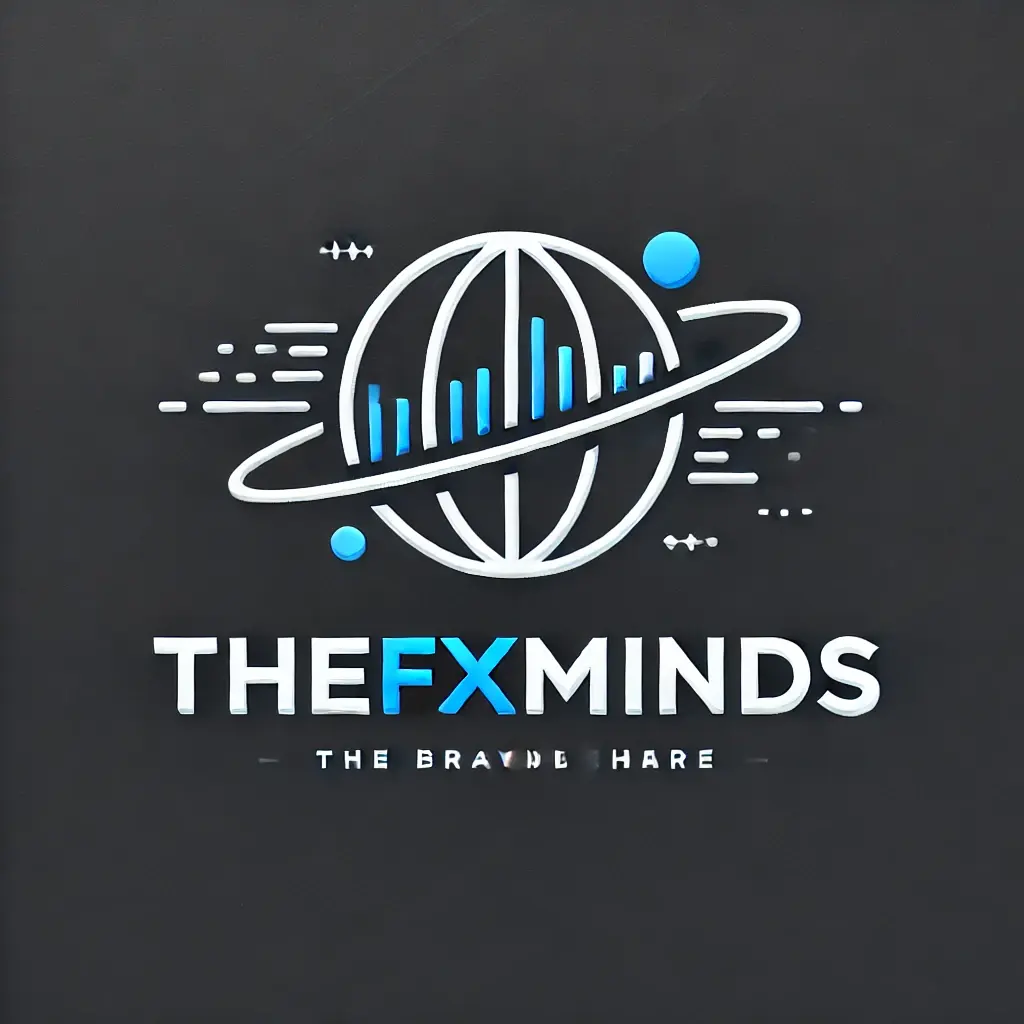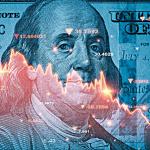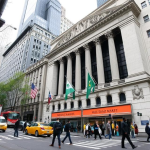In the world of financial markets, traders often approach the markets from different perspectives. While some may choose to use technical analysis, others prefer fundamental analysis to guide their decisions. Among the different strategies that fall under the umbrella of fundamental analysis, fundamental macro trading is one of the most comprehensive and widely used methods. This strategy involves analyzing broader economic trends, geopolitical events, and central bank policies to predict and profit from movements in the financial markets.
In this article, we’ll explore the nuances of fundamental macro trading, its importance, key factors influencing it, and how to implement a profitable macro trading strategy. Whether you're a beginner or an intermediate trader, understanding how to trade based on economic trends and news can open new opportunities to grow your trading skills and portfolio.
What is Fundamental Macro Trading?
Fundamental macro trading refers to a style of trading that is based on the analysis of macroeconomic indicators, news, and trends. Rather than focusing on technical charts or price patterns, macro traders focus on global economic conditions such as GDP growth, inflation, employment data, interest rates, and geopolitical events.
The fundamental idea behind macro trading is that macroeconomic events shape the behavior of financial markets. These events can have a direct impact on currencies, commodities, stocks, and bonds. Macro traders monitor and anticipate these events to make informed decisions about which markets to enter or exit.
Why is Fundamental Macro Trading Important?
Fundamental macro trading allows traders to capitalize on the long-term trends driven by economic cycles. Unlike short-term trades driven by market sentiment or technical patterns, macro trades often involve longer time frames and focus on the broader picture. Here are some reasons why fundamental macro trading is crucial:
- Understanding Global Economic Trends: Macroeconomic indicators give insight into the overall health of an economy. By analyzing these indicators, traders can anticipate movements in asset prices and make better-informed decisions.
- Identifying Market Inefficiencies: Macroeconomic events can cause temporary inefficiencies in the market. Traders who understand the impact of certain economic data can exploit these inefficiencies for profit.
- Currency Trading: Central banks play a significant role in currency valuation through interest rates and monetary policy. Macro traders use economic news to predict how currencies will respond to these policies.
- Long-Term Profit Potential: Since macroeconomic events often cause long-lasting trends, traders can hold positions for longer periods, thus maximizing potential returns.
Key Components of Fundamental Macro Trading
To successfully implement a fundamental macro trading strategy, you need to focus on several essential factors. Understanding these key components will help you navigate the complex world of macro trading:
- Economic Indicators: Economic indicators are statistics that provide insight into a country’s economic performance. The following indicators are particularly important for macro traders:
- Gross Domestic Product (GDP): This measures the total value of goods and services produced by a country. It is one of the most crucial indicators for assessing the health of an economy. Strong GDP growth generally indicates a thriving economy, while negative growth can indicate a recession.
- Inflation (CPI and PPI): Inflation is the rate at which the general level of prices for goods and services is rising. Central banks closely monitor inflation, as it directly impacts interest rates. The Consumer Price Index (CPI) and Producer Price Index (PPI) are two important measures of inflation.
- Unemployment Rate: This indicator reflects the percentage of the labor force that is unemployed and actively seeking work. A low unemployment rate typically signals a strong economy, while a high rate can signal economic weakness.
- Interest Rates: Central banks set interest rates to control inflation and stimulate or slow down economic growth. Interest rate changes can have a significant impact on currency prices and investment returns. A hike in interest rates generally strengthens a currency, while a cut weakens it.
- Consumer Confidence Index (CCI): This index measures the optimism of consumers regarding the economy. High consumer confidence can indicate increased spending, which drives economic growth, while low confidence can signal a downturn.
- Central Bank Policies: Central banks, such as the Federal Reserve (U.S.), European Central Bank (ECB), and Bank of England (BoE), play a pivotal role in the economy by managing interest rates, inflation, and money supply. A key component of macro trading involves keeping a close eye on central bank decisions and policy statements.
- Monetary Policy: Central banks use monetary policy tools like interest rates and open market operations to influence the economy. For example, an increase in interest rates can lead to a stronger currency, while a rate cut may lead to currency depreciation.
- Quantitative Easing (QE): In times of economic distress, central banks may implement policies like QE to inject liquidity into the economy by purchasing assets such as government bonds. This can lead to higher asset prices and a weaker currency.
- Geopolitical Events: Geopolitical events, including wars, elections, and trade negotiations, can cause significant market movements. For instance, an election outcome may change government policies, and international tensions or conflicts may disrupt trade and investment flows.
- Trade Wars and Tariffs: Trade wars and tariffs can disrupt global supply chains, causing volatility in commodities and currencies. Macro traders often use news about trade policies to anticipate these disruptions and profit from the market’s reaction.
- Global Events: Events such as natural disasters, pandemics, or international sanctions can cause economic disruptions, and macro traders must react swiftly to capitalize on these shifts.
Global Risk Sentiment: Global risk sentiment refers to investors’ appetite for risk in the financial markets. During periods of high risk sentiment, investors are more willing to take on riskier investments, such as stocks or emerging market currencies. Conversely, in times of uncertainty or economic stress, investors seek safer assets like government bonds or gold.
Understanding the broader market sentiment can provide crucial insights into which assets are likely to perform well or poorly. Macro traders can use this information to make strategic investments.

Key Strategies in Macro Trading
There are various approaches to fundamental macro trading, and the strategy you choose depends on your risk tolerance, time frame, and trading goals. Below are some of the most popular strategies used by macro traders:
Interest Rate Differential Trading (Carry Trade): A popular macro trading strategy is the carry trade, which involves borrowing money in a currency with low interest rates and investing in a currency with higher interest rates. The profit comes from the interest rate differential.
For example, if the Federal Reserve increases interest rates while the European Central Bank keeps rates low, a trader might borrow euros and buy U.S. dollars to earn the difference in interest rates.
Long-Term Trend Following: Another macro trading strategy involves identifying long-term economic trends and aligning trades with these trends. For example, if an economy is experiencing strong GDP growth, low inflation, and a robust labor market, a macro trader might buy the country's currency or stocks.
Traders might hold these positions for weeks, months, or even years, capitalizing on long-term trends. However, this strategy requires patience and the ability to handle market volatility in the short term.
Event-Driven Trading: Macro traders often trade based on specific economic events, such as central bank meetings, interest rate decisions, GDP releases, or geopolitical developments. These events can create sharp market movements, and traders can profit from these movements by predicting the outcomes.
Event-driven trading requires keeping a close eye on the calendar and understanding how certain events will impact the financial markets.
Risks in Macro Trading
While macro trading can be highly profitable, it also comes with its own set of risks. These include:
- Economic Uncertainty: Economic conditions can change unexpectedly, making it difficult to predict the market’s direction. Unforeseen events, such as natural disasters or political turmoil, can quickly alter the course of an economy.
- Geopolitical Risk: Geopolitical events, such as wars or trade disputes, can cause market volatility and impact currency and commodity prices.
- Central Bank Policy Mistakes: Central banks occasionally make policy errors that can have unintended consequences, such as raising interest rates too quickly or implementing overly aggressive monetary easing.
- Liquidity Risk: During periods of heightened volatility, liquidity can dry up, making it harder to enter or exit positions at desired prices.
Conclusion
Fundamental macro trading is a powerful approach for traders looking to profit from broad economic trends and news. By understanding and analyzing key economic indicators, central bank policies, geopolitical events, and global risk sentiment, traders can make informed decisions about which markets to trade and when to trade them.
While macro trading can be complex and requires a thorough understanding of the global economy, the potential rewards are significant for those who master this strategy. Whether you’re trading currencies, commodities, or stocks, having a macroeconomic perspective can provide valuable insights that other traders might miss.
If you're new to macro trading, start by learning the basic economic indicators and keeping up with global news. As you gain experience, you can develop a more sophisticated understanding of how macroeconomic factors influence markets and refine your trading strategy accordingly. With time and practice, you can successfully navigate the world of fundamental macro trading and build a more profitable trading portfolio.

